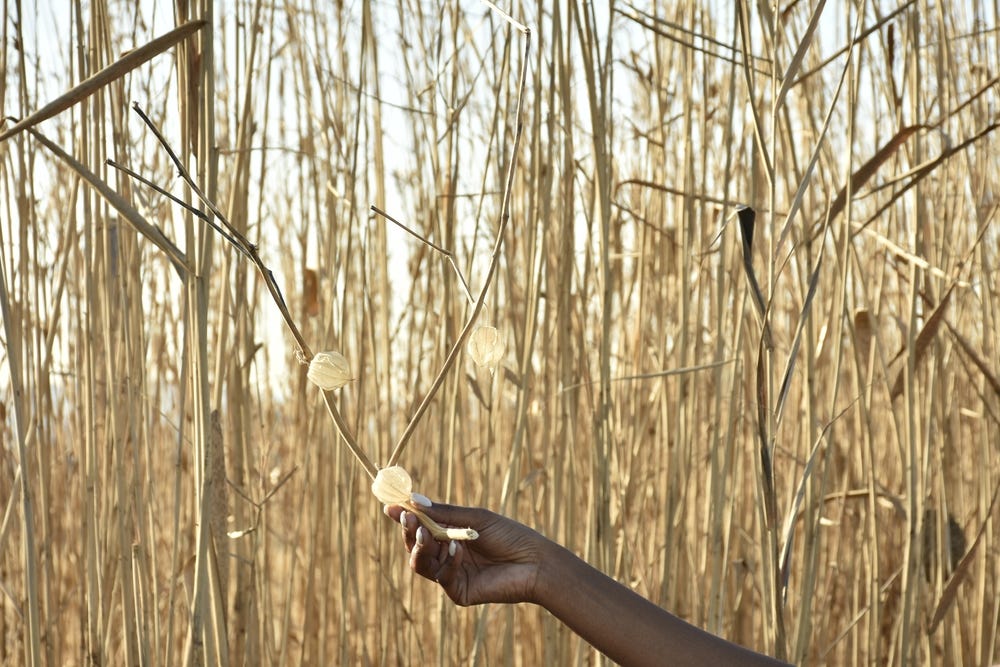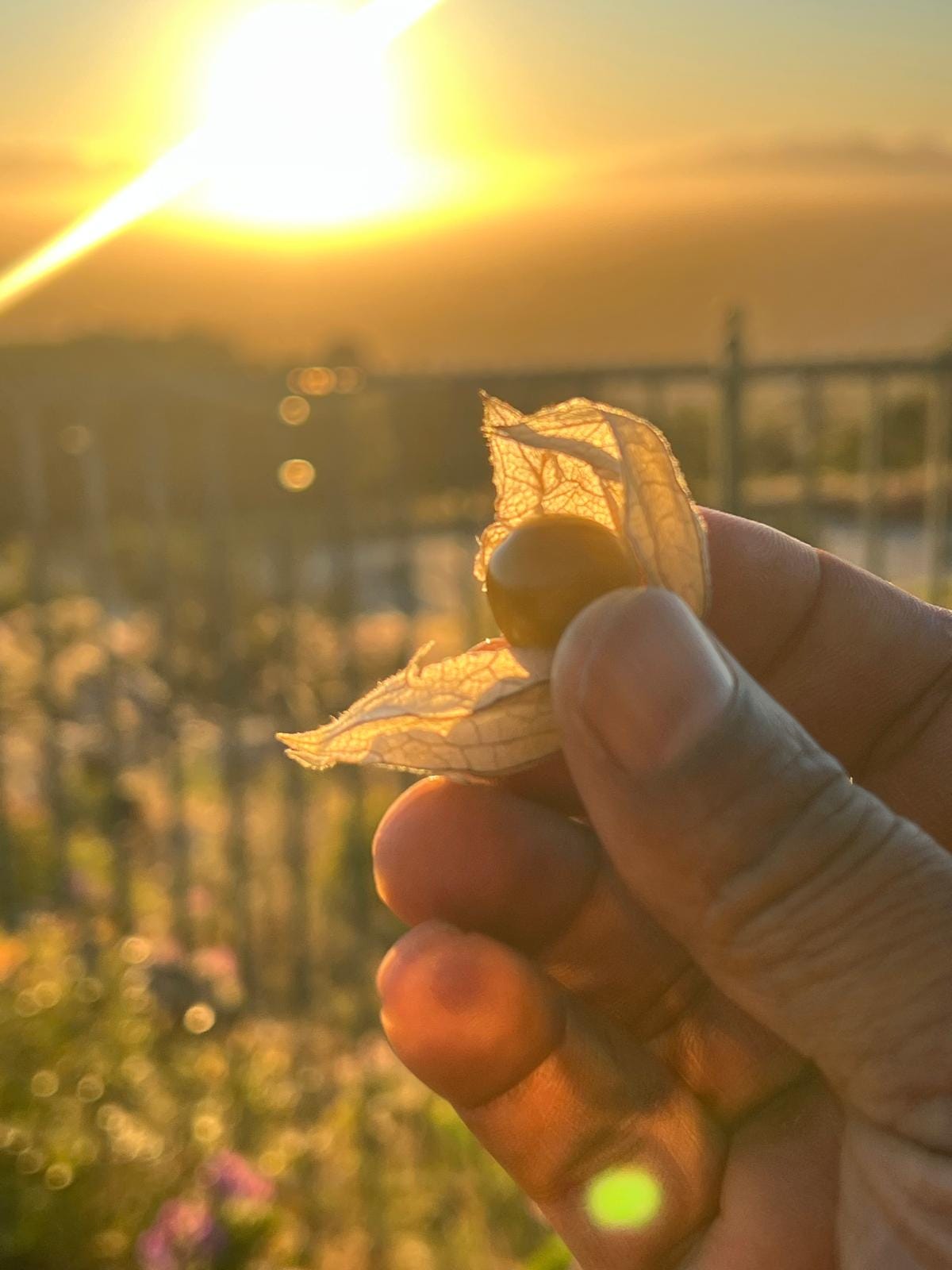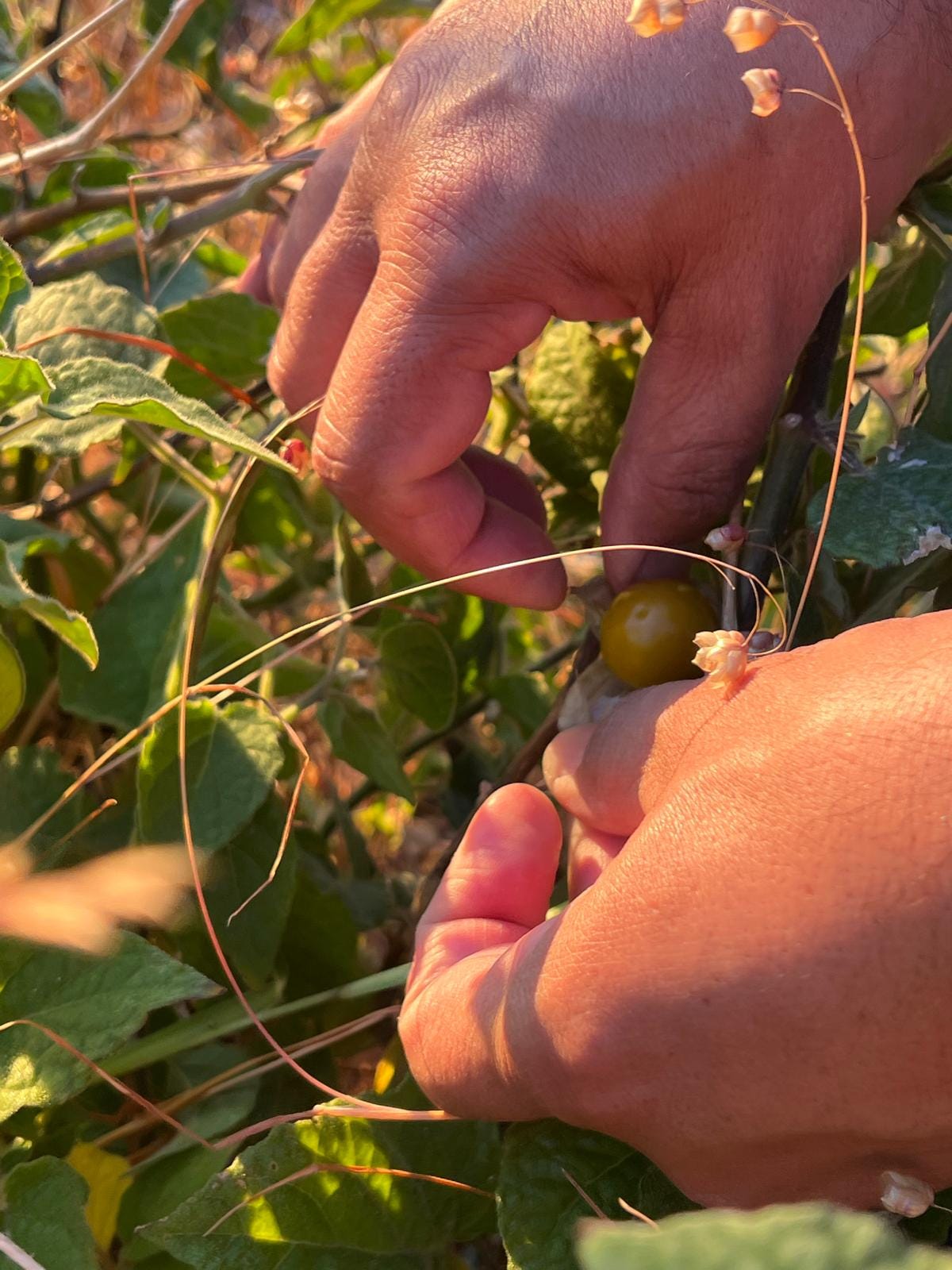Touching a Cloud in Cape Town and Finding a Different Kind of Resistance
“Have you ever touched a cloud before?”
Yesterday, one of my hosts asked me that question, pointing toward Table Mountain where I watched clouds cascading gently down its shoulders like a slow, soft waterfall. It was the first time I had ever seen clouds not floating above a mountain but rolling off it, drifting downward as if the sky itself were exhaling. That single moment stayed with me. I told myself right then that before I leave South Africa, I want to stand close enough to almost feel that cloud spray brush my skin.
But today’s journey took me somewhere else, to the slopes of Rhodes Memorial, with another one of our gracious hosts guiding us.
Rhodes Memorial is one of those places where staggering beauty and uncomfortable truth stand side by side. The panoramic view of Cape Town is breathtaking, but the site itself carries the heavy legacy of Cecil Rhodes, a man whose worldview and policies helped shape the machinery of colonialism and apartheid. The stone lions, grand staircases and imposing pillars all speak to a past built on exploitation, a past that Black South Africans endured with courage, resilience and unbreakable spirit.
Walking those steps, you feel that history beneath you. Yet at the same time, Cape Town surrounds you with a landscape so magnificent it almost feels like nature itself insisting on healing, not by erasing the past but by growing through it.
As we walked along the trail behind the memorial, my host pointed toward a cluster of plants. Some were medicinal, some edible, each with its own story. Then he stopped beside a patch of small golden spheres wrapped in delicate, papery husks: Cape gooseberries.
I had seen them before in desserts, perched neatly on top like decorative ornaments. But I had never seen them growing wild, never tasted them fresh from the earth. My host plucked one, peeled back the lantern-like wrapper and placed it in my hand.
“Try this,” he said.
The taste caught me off guard: bright, sweet, slightly tart, with a hint of citrus and something floral underneath. Before I could finish the first one, he reached for another, saying, “This one is going to be even sweeter.” And he was right. Every time. Berry after berry, he predicted the sweetness like a man who knew the fruit personally, as if they confided in him. I laughed, but deep down it moved me.
Eating those gooseberries on a trail heavy with history, I realized that nature sometimes speaks softly in places where human voices once thundered. Sweetness growing beside stone monuments to oppression. Nourishment rooted in a land that remembers pain. It reminded me that healing and struggle often grow side by side.
Only later did I learn how potent these berries truly are. Cape gooseberries, also called golden berries, contain an extraordinary range of nutrients. South African researchers describe them as one of the region’s most antioxidant-rich fruits. Their high vitamin C content strengthens immune defenses and supports cellular repair, while polyphenols help reduce oxidative stress, a silent force behind inflammation, joint strain, cardiovascular pressure and the acceleration of aging.
They also contain carotenoids that support eye health and skin recovery, fiber that nourishes the gut and plant compounds shown to ease liver inflammation. Nutritionists often say berries are nature’s medicine, and gooseberries embody that truth. They rival blueberries and blackberries in antioxidant strength while offering their own unique combination of immune support, anti-inflammatory power and metabolic balance.
It amazed me that something so healing was growing effortlessly along a trail most people walk without noticing.
The morning ended with something unexpected: a race. After the walk, we faced a long downhill stretch back to the car, easily a three- to four-minute run that feels like a mini-marathon when you have not run like that in years. My host, two years older but far more in practice, looked at me with that unmistakable challenge in his eyes. I took the bait. He exploded downhill, moving like he had been born on a slope. Within seconds he was far ahead, a solid B3 blowout by any standard.
But I did not stop.
There were moments when my legs begged me to slow down, when fatigue tapped me on the shoulder and whispered that quitting would be easy. And somewhere in the middle of that downhill sprint, I suddenly heard the voice of one of my closest friends, the same brother I used to train with back home. At first, I told him to get out of my head with his bold, taunting encouragement, but then I let his voice in. Even thousands of miles away, his words carried the memory of every time we pushed each other through exhaustion. I could almost hear him saying, “Don’t quit.”
And once that resolve settled in my chest, something deeper rose with it. With each struggling breath, each burning stride, I quietly began calling on my Lord for strength, the kind that does not come from muscles or lungs but from a place far more enduring. Every inhale felt like a plea. Every exhale felt like an answer.
By the time I reached the bottom, well behind my host but still running, it felt like victory. Not victory over him but victory over myself. Over hesitation. Over comfort. Over the part of me that wanted to give up but didn’t.
South Africa has a way of doing that to you.
It shows you clouds rolling off mountains as if heaven is lowering itself to eye level. It lets you taste gooseberries growing beside a memorial built on the contradictions of power and pain. It puts you on steep hills that test your lungs, your legs, your history and your will.
And in the middle of all that, Cape Town hands you these moments, small, wild, golden moments, that remind you that beauty and struggle, like sweetness and tartness in a single berry, can coexist and still nourish you.
By Kaba Abdul-Fattaah





